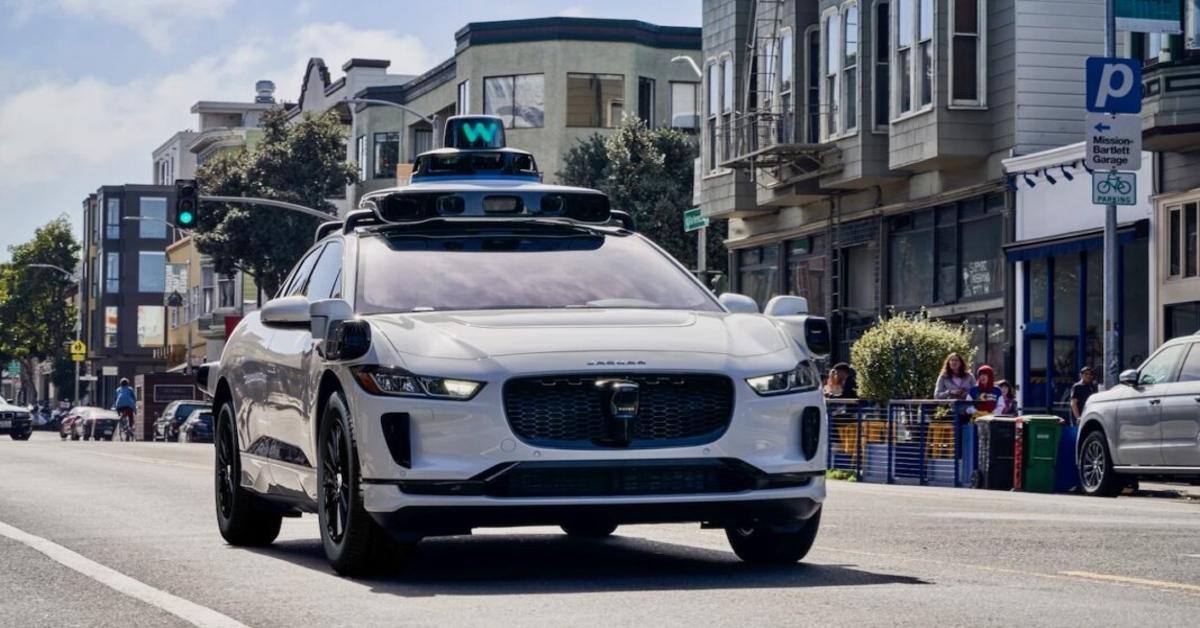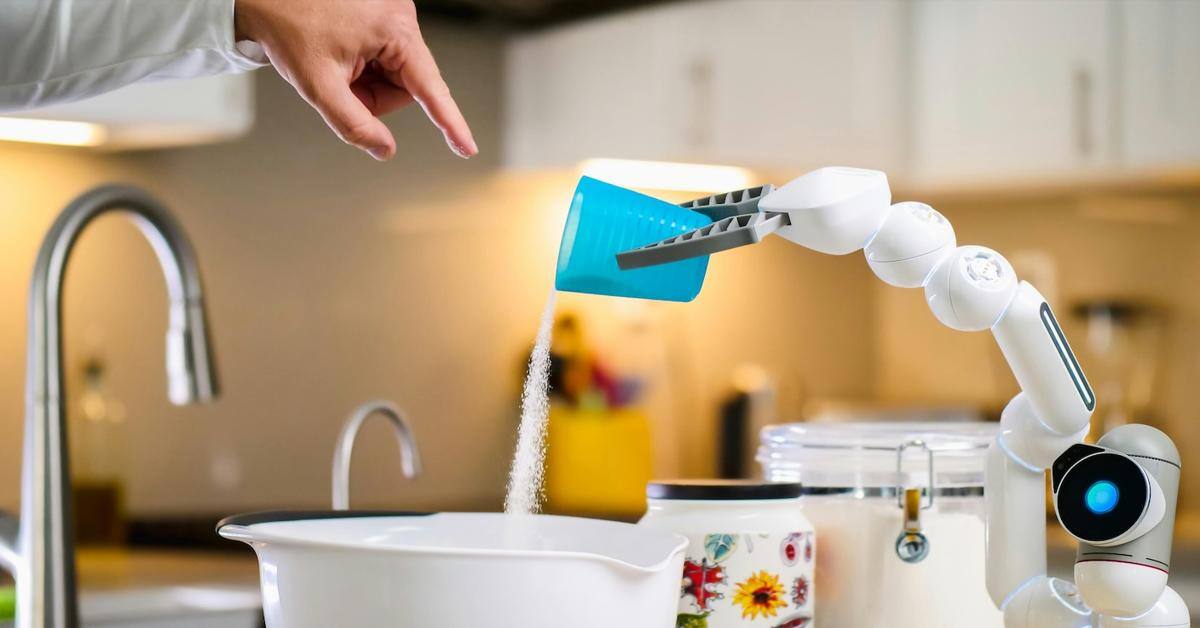
After years of overly aggressive forecasts about self-driving cars, here’s a statistic that snuck up on us: People are now hailing 100,000 automated rides a week—a number that’s double the 50,000 weekly rides provided a few months ago.
These rides are courtesy of Waymo, the self-driving car project incubated by Google and spun out as its own company under Alphabet. Waymo has been developing and testing its technology on public roads for over a decade. For much of that time, rides were free for willing guinea pigs and included a safety driver. But Waymo has been offering automated rides without safety drivers since 2020. And last year, the company began commercializing and expanding its ride-hail service, Waymo One.
Paid robotaxi rides are now available to anyone throughout Phoenix and San Francisco. Select riders added by waitlist can ride Waymo in parts of Los Angeles, and the company is also rolling out its services in Austin, Texas.
After a year of commercial operations in San Francisco without major incident, Waymo is eyeing expansion.
In August, the company moved into Daly City, Broadmoor, and Colma, just south of the city. Waymo has approval to operate in a total of 22 cities along the peninsula south of San Francisco, and although there’s no timetable yet, according to the San Francisco Chronicle, they also have ambitions to add operations in San Jose and East Bay, which would include Oakland and Berkeley. This territory would be tied together by travel on Bay Area freeways, which the company began testing with employee riders in August.
A hundred thousand paid rides a week is likely still a fraction of the total ride-hail or taxi rides—with a driver at the wheel—given across San Francisco alone. Still, self-driving cars are clearly no longer solely a research project either. Tens of thousands of paying customers are trusting them for rides on congested city streets.
Although the company is so far leading the race, it’s unclear how soon it might turn a profit. Waymo doesn’t employ drivers, but it does employ technicians to remotely track rides and help out if the cars get stuck. Operating the fleet also includes servicing, storing, and recharging the vehicles. The self-driving equipment itself, including lidars, costs as much as $100,000 per car, according to The New York Times.
While the company is likely still losing a good bit more than it makes, according to The Times, it also has the financial backing of Alphabet, which aims to invest another $5 billion.
The cost of equipment and personnel may well come down in the future, but operating ride-hail fleets may not be Waymo’s ultimate, or even a sustainable, goal. Once it’s proven its software has an excellent long-term safety record in real-world situations, the company may move to license the technology for use in trucking or to carmakers for personal vehicles.
“There’s a lot of benefits that come from using ride-hailing as a first use case for the Waymo Driver,” David Margines, Waymo’s director of product management, recently told The Chronicle. “But our goals don’t stop there. If you think about our overall mission of bringing the Waymo Driver to as many vehicle miles traveled as possible, then you’ve got to branch out from that pretty quickly into some of these other environments.”
The current pace of expansion, however, is by no means assured.
Last year, Waymo competitor Cruise halted operations after one of its cars struck and dragged a pedestrian who was hit by another car. Waymo has avoided similarly serious incidents, though its cars have been involved in minor accidents, inconveniences (like blocking traffic), and annoyances (a software glitch recently caused a parking lot of Waymo cars to honk all night). As the company increases the number of rides given, expands into new areas, and adds highways, the risk of a major accident increases.
To keep up its momentum, Waymo will have to continue threading the needle between growth and safety. Nonetheless, commercial self-driving cars are no longer a fantasy.
Image Credit: Waymo
70% of all cancers that are fatal turn out to be the result of cancers that are not routinely tested for by today’s medical system. Today, advanced diagnostics are able to evaluate your health on a regular basis, with the goal of finding disease at the earliest stage possible. Every year, I go through a Fountain Life “upload” as part of their APEX Membership program, and I urge you to do the same. Get started with Fountain Life and become the CEO of your health:
A Statement From Peter:
My goal with this newsletter is to inspire leaders to play BIG. If that’s you, thank you for being here. If you know someone who can use this, please share it. Together, we can uplift humanity.
Disclaimer:
Peter H. Diamandis, MD, currently serves as the Founder and Chairman of the Board of the XPRIZE Foundation. All views expressed on his “Moonshots Podcast,” “Abundance Blog,” and on his social channels are strictly his own and do not represent the official views of XPRIZE. These views are his own and are not legal, financial, or medical advice and they are not in any way connected with the XPRIZE Foundation’s work or its competitions.
Topics: Robotics Abundance Entrepreneurship Abundance 360 Artificial Intellegence autonomous vehicles self-driving cars










